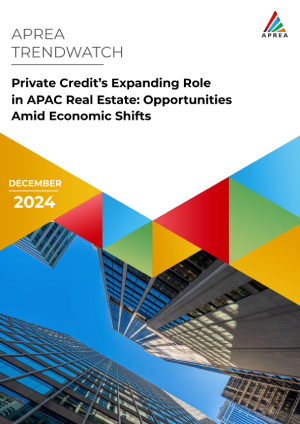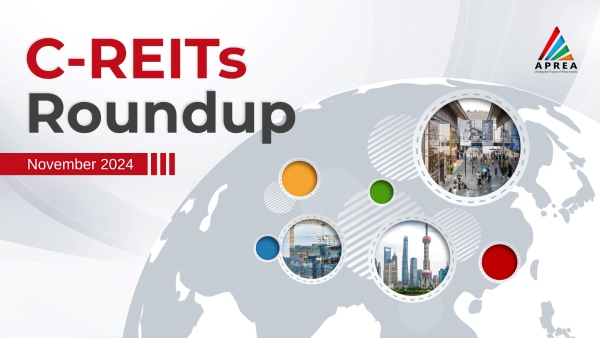The real estate sector in the Asia Pacific (APAC) region continues to demonstrate robust growth with significant advancements in the housing segment, financing schemes and sustainable transformation. Technological progress in APAC economies has also catalysed transformation within the real estate sector, with technologies such as 3D printing and online home building tools gaining momentum. These changes have concurrently influenced the development of real estate projects within the region.
The APAC real estate sector is progressively adopting green energy innovations mainly through partnerships and investments for renewable energy projects, green technologies and sustainable urban development. This shift is evident in the updated real estate regulations within the region for 2QFY25. Numerous APAC economies, such as Australia, India, Singapore and China, have introduced policies and initiatives that encourage green infrastructure and the incorporation of technology to enhance their property markets. Furthermore, commercial and industrial real estate developments witnessed a steady rise in the APAC region with development plans for business and commercial projects underway.
In line with these strategic developments, APAC economies offer an attractive prospect for investors due to regulatory updates aimed at attracting diverse asset classes and types. These economies are predicted to play a pivotal role in channelling regional investments and fostering development in the forthcoming months.
Download the Report Read MoreNovember was another challenging month with the results of the US election weighing on the REIT space and Asian currencies. However, there was a decent recovery starting mid-month and we did start to see a recovery in the JPY as attention is now shifting to monetary policy with upcoming meetings by the Fed and BOJ. Overall, we expect that the BOJ has enough justification to move again in December as US jobs and growth continue to be solid which reduces the likelihood of aggressive Fed interest rate cuts and Japan’s economic data continues to be solid. Inflation is running above the BOJ target for 30 consecutive months and while there are some more dovish members that may dissent, we expect another hike this December.
Trump 2.0 has become a major worry for Asia and the impact of higher rates and weaker currencies led to a sharp sell-off in October well before the election. The magnitude was similar to the sell-off following Trump’s surprise victory in 2016 as were the concerns (i.e., protectionist policies, inflation concerns). RE Securities in Asia ended up rallying from the December 2016 lows about one month after the election and rose 15% from the bottom despite overall economic concerns including interest rates. The Fed raised interest rates three times in 2017. What appears different this time is that the correction started well before the election result in both securities and currencies and while the pace of interest rate cuts could be dialled back from previous expectations, it is unlikely the Fed will tighten in 2025.
Download the Report Read MoreCBRE’s latest leasing market sentiment index reveals that overall leasing sentiment improved in Q4 2024, led by Japan and Korea, with the leasing pipeline to improve slightly across all sectors in 2025:
Read the Report Read More
The private credit market in APAC is experiencing rapid growth, offering flexible funding solutions as traditional bank lending tightens. Key opportunities include construction financing, value-add projects, and conversions such as office-to-residential developments, appealing to both investors and asset owners. With increasing institutional interest and growing demand from Asian investors, private credit is solidifying its role as a vital financing tool in the region’s real estate landscape.


Stay ahead of the curve with APREA's exclusive monthly update tracking the performance of China REITs.
APREA C-REITs Roundup provides the latest info and developments in C-REITs. Available for APREA members only, this important resource is your key to navigating the landscape of C-REITs.
Download the Report Read More